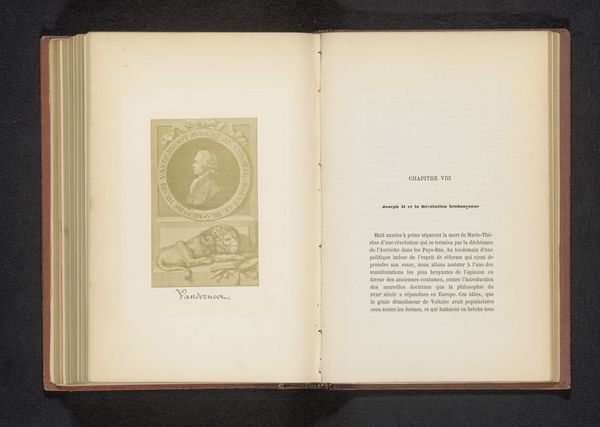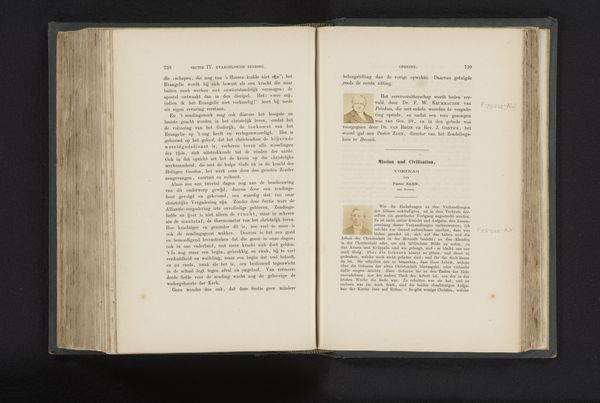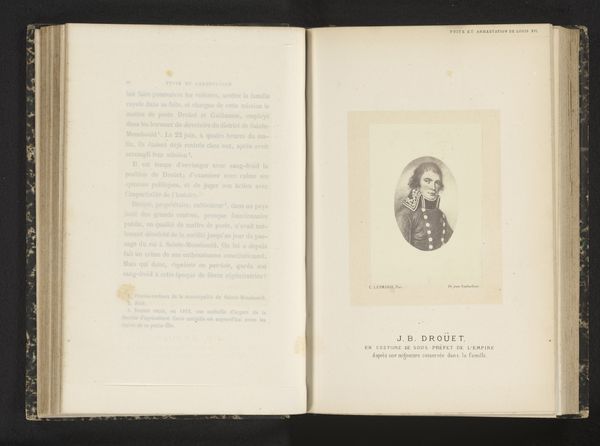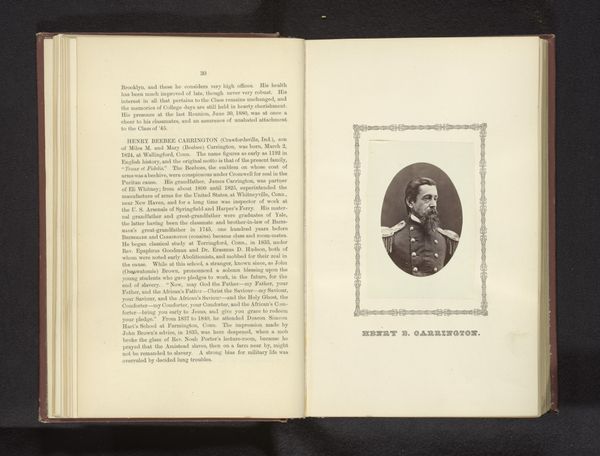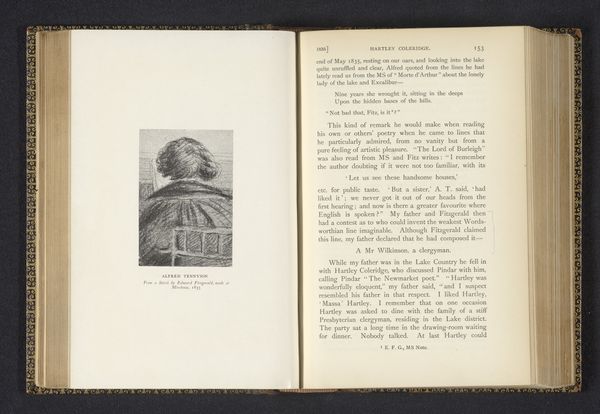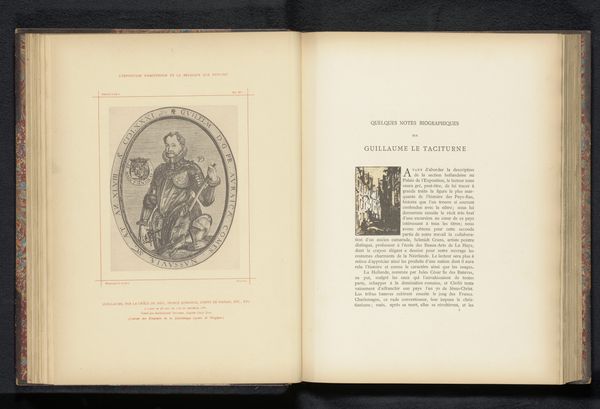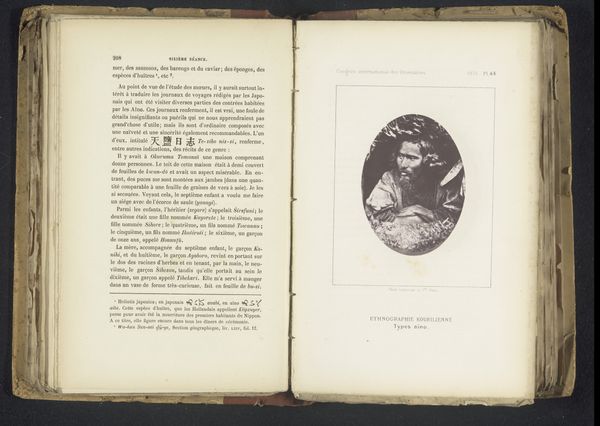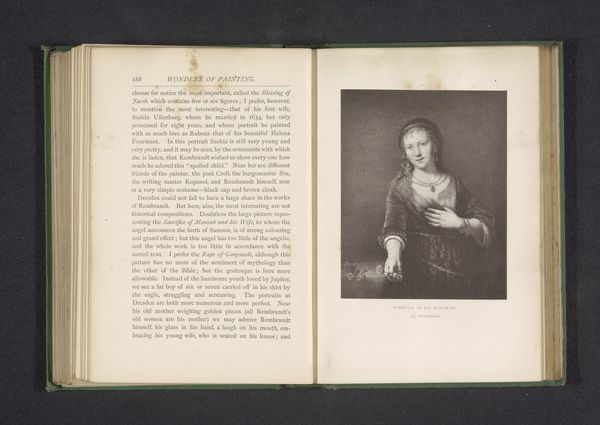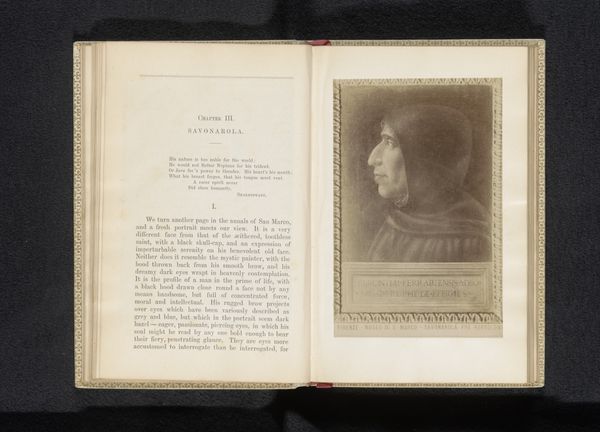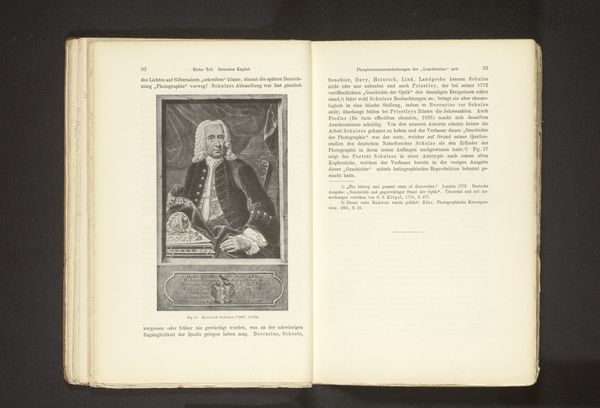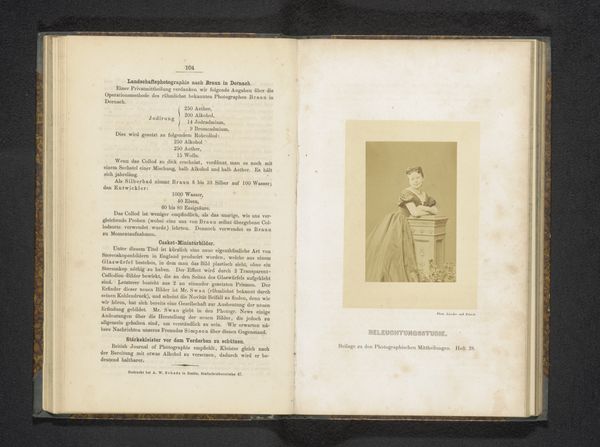
print, photography
#
portrait
#
still-life-photography
# print
#
photography
#
genre-painting
#
academic-art
#
realism
Dimensions: height 95 mm, width 59 mm
Copyright: Rijks Museum: Open Domain
Curator: The somber stillness in this photographic print of Victor-Joseph Doutreloux, who was Bishop of Liege, is striking. We estimate it was created before 1890, so it is both a historical document and artistic product. What do you see here? Editor: Well, the very fact that this is presented within the pages of a book – the book’s material reality—its paper, binding, the labour of printing and production—it all underscores how representation mediates our understanding. How it actively produces knowledge rather than simply recording it. Curator: Absolutely. Consider the social context: Doutreloux was clearly a figure of power within the Catholic Church of his time. His clothing, his mien. What we are looking at here is the formal output, the manufacturing of image making to uphold a particular authority. The way such portraits function socially cannot be divorced from the conditions of their making and reproduction. Editor: Indeed. The printing medium flattens the three-dimensionality of the Bishop’s presence. It removes us further from the individual, even as it seemingly presents a lifelike rendering. His religious office—his bishopric—is thus solidified and projected via industrial processes that would not exist centuries earlier. And the artist of this reproduction... we don't even know who that was. The focus is always, consistently on him, not those doing the manual or the mechanical labor. Curator: A clear demonstration that reproductive media does so much to uphold structures of power in a mass production world. Even though he appears in a very human way, such images were so readily produced and distributed within a specific sociopolitical framework. What feels simple, material, and human can be seen as representative of complex structural powers. Editor: Ultimately, by scrutinizing images like this—this material artifact documenting and circulating a figure of power—we unveil the ways representational practices can perpetuate specific ideologies tied to identity, institutional structures, and social memory. Curator: It certainly reveals an intentionality in the means and modes of visual representation, a process always tied up with the creation of specific figures of influence. Editor: Precisely, by looking closer at a book with such a portrait, one begins to challenge traditional views about aesthetics and power.
Comments
No comments
Be the first to comment and join the conversation on the ultimate creative platform.
